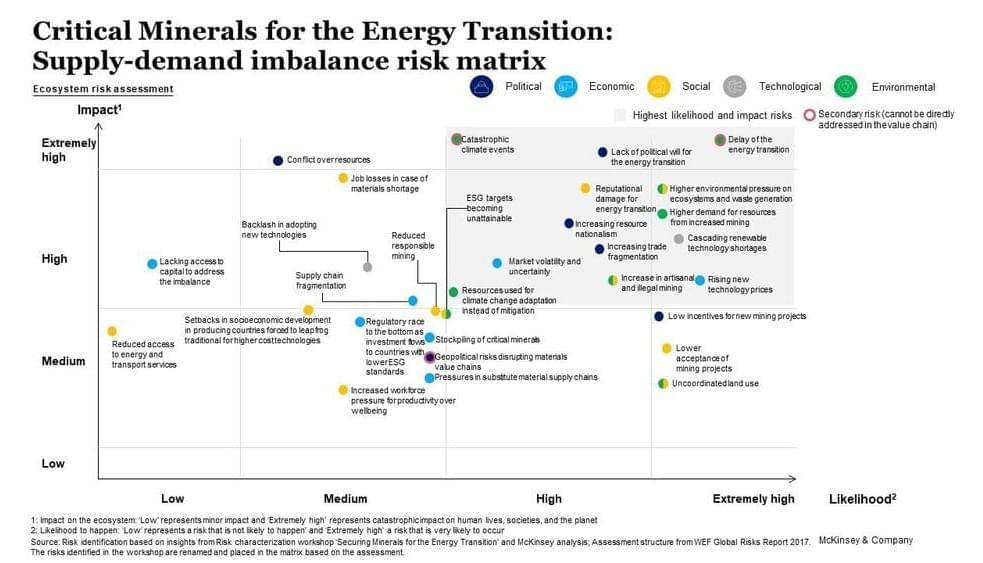From house plants and gardens to fields and forests, green is the color we most associate with surface life on Earth, where conditions favored the evolution of organisms that perform oxygen-producing photosynthesis using the green pigment chlorophyll a.
Get the latest international news and world events from around the world.

Research reveals a surprising topological reversal in quantum systems
In principle, one shouldn’t compare apples to oranges. However, in topology, which is a branch of mathematics, one must do just that. Apples and oranges, it turns out, are said to be topologically the same since they both lack a hole—in contrast to doughnuts or coffee cups, for instance, which both have one (the handle in the case of the cup), and thus are topologically equal.

A third of China’s urban population at risk of city sinking, new satellite data shows
Land subsidence is overlooked as a hazard in cities, according to scientists from the University of East Anglia (UEA) and Virginia Tech. Writing in the journal Science, Prof Robert Nicholls of the Tyndall Center for Climate Change Research at UEA and Prof Manoochehr Shirzaei of Virginia Tech and United Nations University for Water, Environment and Health, Ontario, highlight the importance of a new research paper analyzing satellite data that accurately and consistently maps land movement across China.
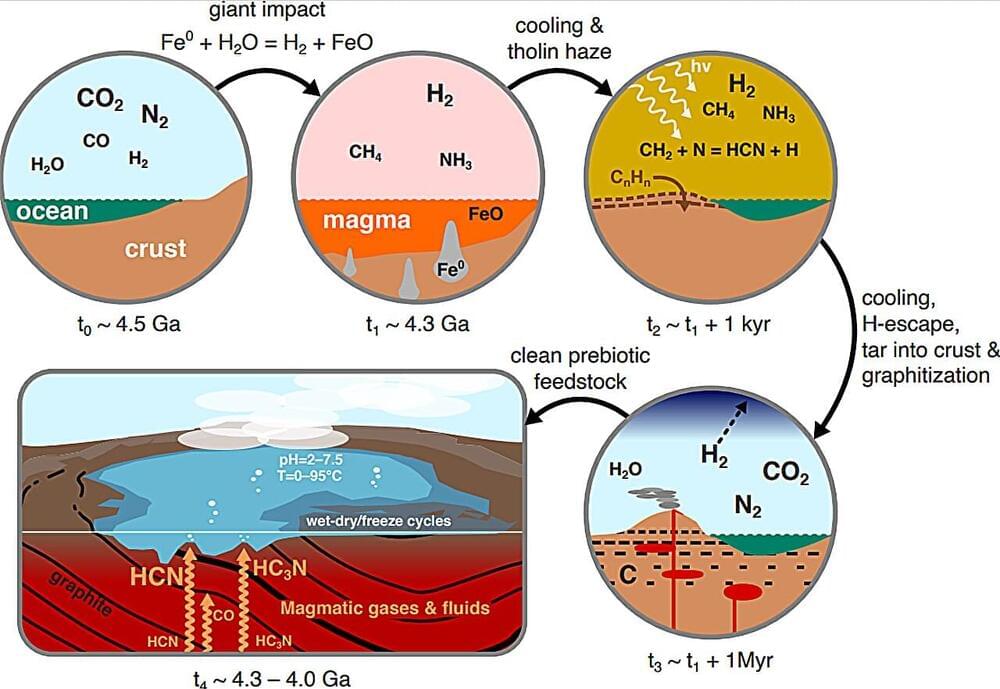
Drawing a line back to the origin of life: Graphitization could provide simplicity scientists are looking for
Scientists in Cambridge University suggest molecules, vital to the development of life, could have formed from a process known as graphitization. Once verified in the laboratory, it could allow us to try and recreate plausible conditions for life’s emergence.
How did the chemicals required for life get there? It has long been debated how the seemingly fortuitous conditions for life arose in nature, with many hypotheses reaching dead ends. However, researchers at the University of Cambridge have now modeled how these conditions could occur, producing the necessary ingredients for life in substantial quantities.
Life is governed by molecules called proteins, phospholipids and nucleotides. Past research suggests that useful molecules containing nitrogen like nitriles—cyanoacetylene(HC3N) and hydrogen cyanide (HCN)—and isonitriles—isocyanide(HNC) and methyl isocyanide(CH3NC)—could be used to make these building blocks of life. As of yet though, there has been no clear way to make all of these in the same environment in substantial amounts.
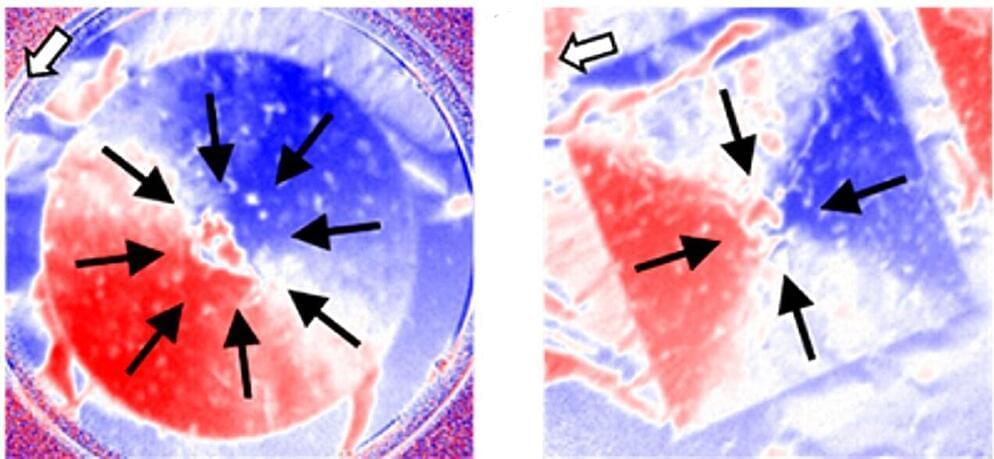
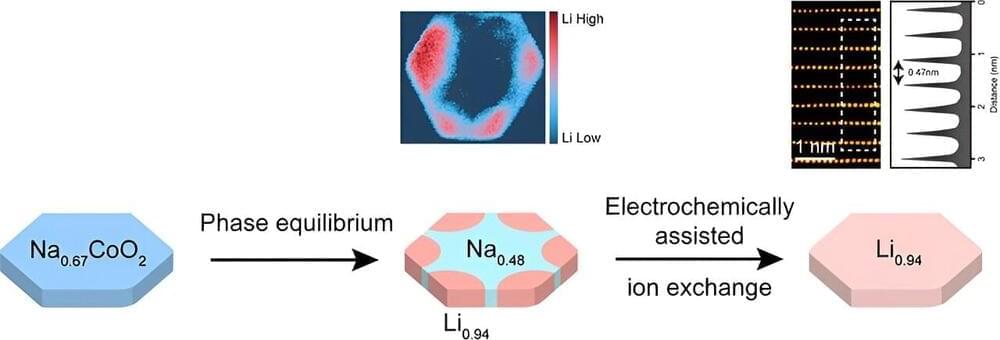
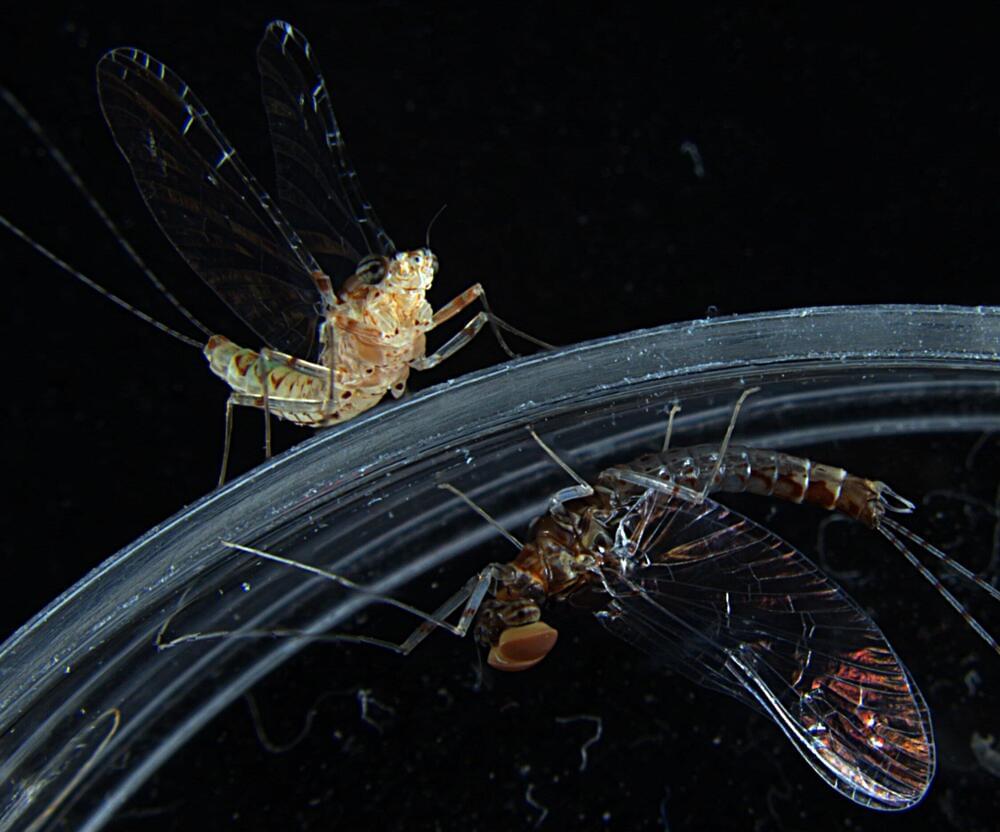
Evolution’s recipe book: How ‘copy paste’ errors led to insect flight, octopus camouflage and human cognition
Seven hundred million years ago, a remarkable creature emerged for the first time. Though it may not have been much to look at by today’s standards, the animal had a front and a back, a top and a bottom. This was a groundbreaking adaptation at the time, and one which laid down the basic body plan which most complex animals, including humans, would eventually inherit.
The inconspicuous animal resided in the ancient seas of Earth, likely crawling along the seafloor. This was the last common ancestor of bilaterians, a vast supergroup of animals including vertebrates (fish, amphibians, reptiles, birds, and mammals), and invertebrates (insects, arthropods, mollusks, worms, echinoderms and many more).
To this day, more than 7,000 groups of genes can be traced back to the last common ancestor of bilaterians, according to a study of 20 different bilaterian species including humans, sharks, mayflies, centipedes and octopuses. The findings were made by researchers at the Centre for Genomic Regulation (CRG) in Barcelona and are published today in the journal Nature Ecology & Evolution.

New study sheds light on the structure and evolution of an enzyme in psychoactive fungi
An international research team has investigated the biosynthesis of psilocybin, the main ingredient of hallucinogenic mushrooms. They gained new insights into the structure and reaction mechanism of the enzyme PsiM. It plays a key role in the production of psilocybin. The results of the study were published in the journal Nature Communications.
Tesla’s Dojo Supercomputer: A Game-Changer in AI Computation
Tesla’s Dojo supercomputer represents a significant investment and commitment to innovation in the field of AI computation, positioning Tesla as a key player in shaping the future of neural net hardware.
Questions to inspire discussion.
What is Tesla’s Dojo supercomputer?
—Tesla’s Dojo supercomputer is an innovative approach to training neural networks, potentially surpassing Nvidia in AI computation.
